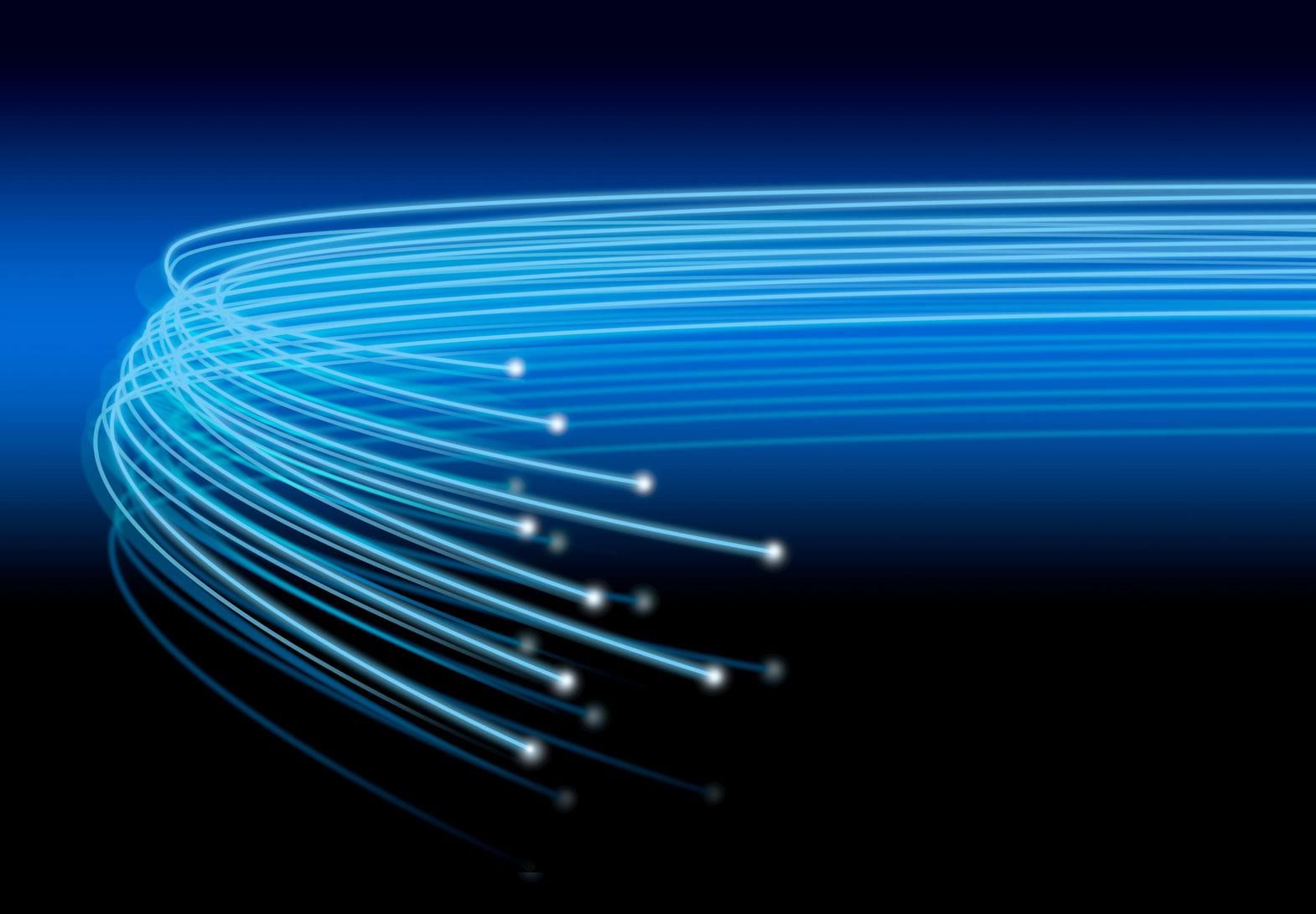Optical fibers are composed of thin, transparent threads typically made of glass or polymer. They have the unique property of allowing light to pass through them. Various materials can be used to manufacture optical fibers, including plastics, glasses, and silicates. High-quality optical fibers are often produced by combining silica with synthetics. The core principle behind optical fibers is the transmission of light through their interior.
One highly beneficial development involves the integration of optical fiber sensors into technical textiles. These sensors have the potential to assist elderly, disabled, or ill individuals in managing their health. For example, they can help remind individuals to take their medications on time or automatically call for help in the event of an accident or a medical emergency. Ongoing research aims to improve the functionality and comfort of these smart textiles to ensure their effectiveness and wearability.
Another example of smart textiles is the introduction of bulletproof vests or protective clothing for motorcycle riders. These textiles can become rigid and protective upon impact, returning to their normal flexible state once the force subsides. The advantage of such textiles lies in their flexibility, comfort, and lightweight nature.
Optical fibers also offer a novel solution to combat textile counterfeiting. Counterfeit products, such as high-value watches, designer clothing, and luxury bags, have a significant economic impact, resulting in losses amounting to millions of dollars. Optical fibers can be used to create a unique blend of fibers and dye particles that cannot be replicated. What makes this thread unique is that it is invisible to the naked eye and can only be detected under specialized lighting conditions. Manufacturers can use this optical thread to create exclusive patterns on their garments, and it can also be woven into fabrics as a kind of "virtual barcode" to authenticate products and deter counterfeiting.
Moreover, textile with pressure sensors has been developed in the form of a mat, socks, and cushion covers. This smart cushion cover or mat can monitor the pressure of the person who is seated; the socks have sensor fibres to measure the pressure. Also, bio-sensing textile with optical sweat monitoring sensors has been developed. This sensor is assimilated into the clothing to capture biochemical changes of the body.
Besides, pH sensor LEDs have been introduced which can measure variations in sweat shown by change in color during exercise. Wearable sensors using optical fibres are getting attention and acceptance. Today, people are aware about wearable heart rate monitors or blood pressure monitors, and use them for personal and professional use.
The latest advancement has introduced cotton or Lycra shirts with optical sensors that can measure one's breathing, electrocardiogram (ECG) or electromyogram (EMG).
Wearable textiles to measure sugar levels using chemical sensors have been developed for diabetic patients. A joint effort of engineers and scientists has invented fibre optic solar cell. It is extremely thin and flexible but has the capacity to give out electricity. The defense sector is already vying to use it for military clothing.
These optical fibre cells have some amazing features. Even though, the solar cells have 3D cross section but still remains very flexible. One can produce flexible solar fibres which can be easily woven into textiles. The utility of these flexible solar cells in the future would be astonishing. In the coming years, one can recharge a mobile phone using one's baseball cap or t-shirt. However, there are some interesting properties of these fibres that still need to be examined before presenting it as a wearable power source.
As the optical fibre has the ability to pass the light through its interior, it is also widely used in telecommunications. Optical fibres have tremendous capability to speedily transfer information, very economical, and are immune to many disturbances which electrical or wireless communication has to face.
Optical fibres are responsible for the outstanding development taking place worldwide in telecommunications in the past twenty five years. They are also responsible for the extensive use of internet. The high quality performances achieved by using optical fibres are resulting into replacement of the old technology.
With wearable sensing textile gaining much popularity, the latest is the development of wearable gas sensors especially designed for emergency workers. These sensors can be easily assimilated into the jackets and boots of the workers helping during a crisis. The sensors will give the information regarding the gas level in the nearby area, and not interfere in the performance of the workers.
Each sensor which is connected to a sensing element, can transfer data and alert the user about the danger ahead. Thus, such jackets and boots will not only protect the life of the wearer but will alert the user about probable external dangers that the wearer is exposed to. Smart textiles are used to examine the safety level of the buildings that are constructed. One can monitor the temperature of a baby's body with smart fabrics which have special threads that changes color with the change in the temperature.
Furthermore, researches have been made to develop a smart bandage that can examine the infections on the wounds and bring it to the notice of the user. This bandage will have electrochemical fibre sensors that can detect the bacteria that cause infection and alert the user before the infection spreads. The introduction of this bandage in the market will be a great achievement in bandage technology. Researchers are also trying to develop smart bandages that can monitor the moisture and the pH level.
Lastly, the use of wearable textiles using optical threads and its properties is widely used in many fields. These inventions have been garnering accolades across the globe. In the future, it won't be surprising to see these products becoming an inevitable part of day to day life.
References:
1. Maths.adelaide.edu.au
2. Cordis.europa.eu
3. Doras.dcu.ie
4. Extremetech.com
5. Texisense.com
6. Fastcoexist.com









Comments